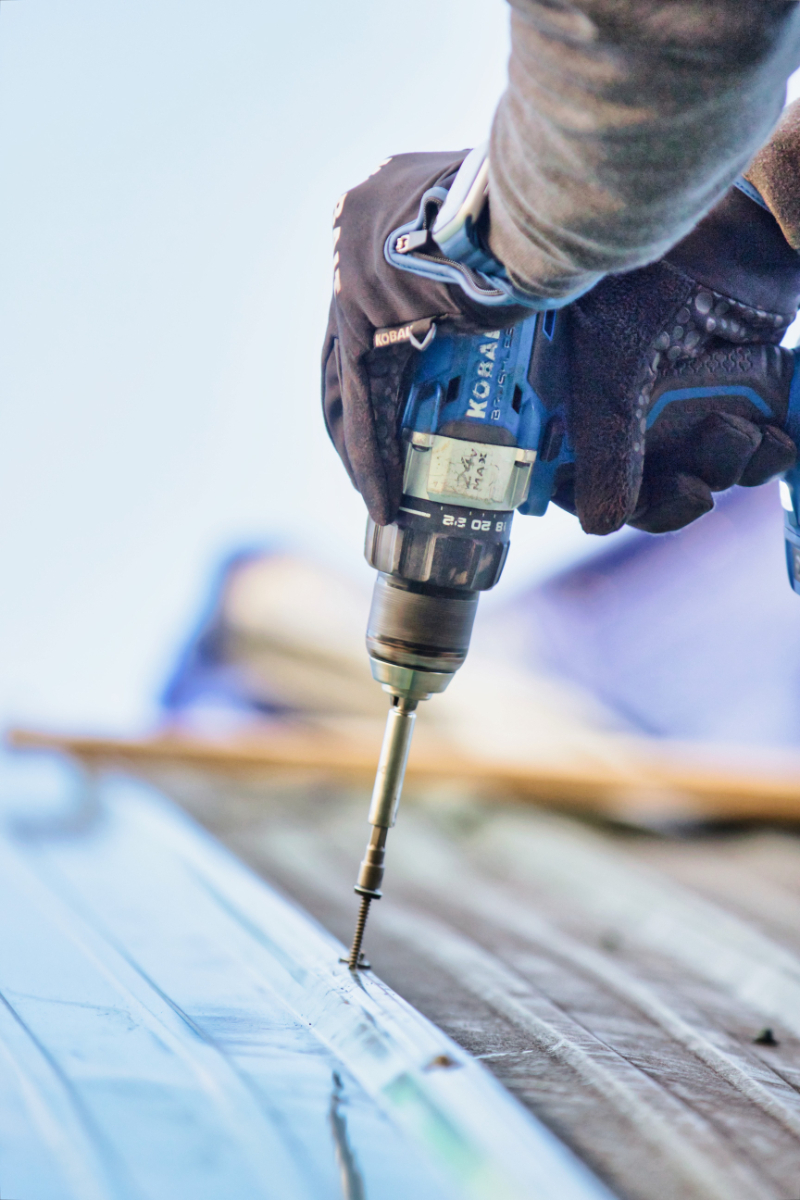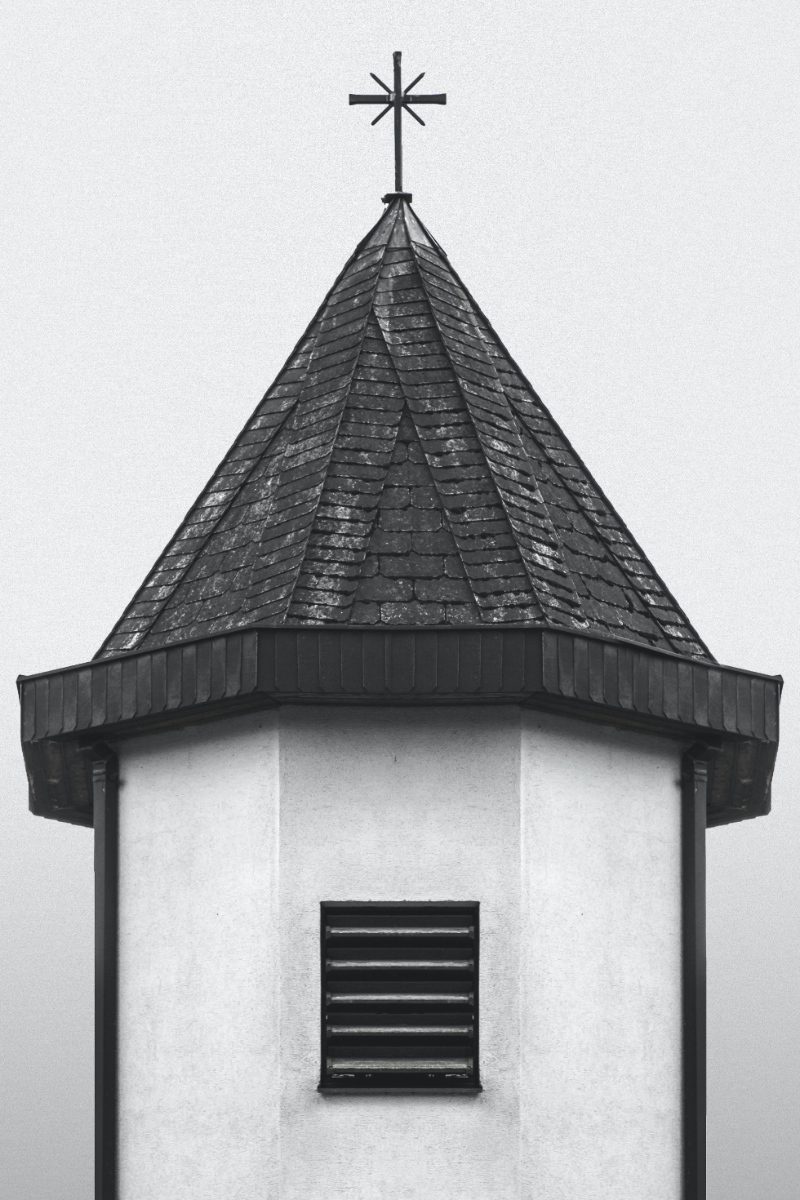ROOF REPAIRS IN LISTED BUILDINGS
Staffordshire, Shropshire, Cheshire and Derbyshire
Are you looking for Roof Repairs in Listed Buildings. We specialise in professional roofing work for listed and historic buildings. Read more about our service here. Contact our specialist team today for Roof Repairs in Listed Buildings.
Period Roofing Restoration
Our dedicated team carry out extensive research into each structure. We can then establish the original materials used in historical building construction. This is so that we can carry out restoration and roofing work that retains the building's original features.
Any improvements and renovations completed need to be correctly applied. Restoration work on older buildings need to work with the original materials. This is so that they do not cause structural damage to the property.
- Leadwork
- Lead Sheet Roofing and Flashings
- Cast Iron Rainwater Systems
- Copper Sheet Roofing
- Clay-tiled Roofs
- Lead Gutters
- Vernacular Slate and Stone Roofs
- Lead Roofs
- Roofing Slates
- Vertical Tile Hanging
Roof Covering Materials
The material used to cover historic roofs varies greatly depending on where you live and how old your property is. Natural slates from Wales, Cumbria, or elsewhere, different forms of clay tile, and thatch are the most common traditional roof coverings in England.
There may be some leadwork as well. Replacing an old roof covering is disruptive, costly, and risky, so ensure the repair is essential and effective. Damp can be produced by flaws in chimneys or lead work, as well as slipping slates or tiles.
In certain older homes, a condition is known as "nail sickness" can cause slates or tiles to slip. The rusting of the nails that hold them in place does not need the replacement of the entire roof covering. With caution, it is generally feasible to reuse a large portion of the covering, making up the difference with matching second-hand or new material.
Attempt to preserve the existing roof ridges, whether clay or stone. If your property is classified as grade II, it means it has particular historical or architectural importance and is subject to preservation regulations. Your grade II property may be of extraordinary historical value, an architectural marvel, or located in an area of historical interest.
As such, it requires a little extra attention to guarantee adequate conservation.
Many types of listed buildings with recognised English heritage require careful upkeep for a range of health and safety reasons; this demands the employment of a specialised team; thankfully, for you, we have a wonderful team of experienced specialists.
We work based on your property type and utilise the right information and parts to repair your roof.
We can fix any roof damage, no matter how big or small, and our prices are never expensive - we aim to leave you and your roof in a happy state.
The service provided is always something that works for you.
When sharing the details of the service that are required, we make sure that your demands are considered to ensure a perfect service.

Our applications are designed to restore damaged roofs within your area; we work across England. When our team works on any listed buildings, we make sure to follow The Secretary of the Interior's Standards' regulations.
When dealing with historically listed buildings, we make sure to keep the gutters in working order. The longer the roof is left uncovered, the more likely it is for the guttering to need servicing too. However, we are not opposed to having our team apply these services.
Feel free to look through our page and find out how we can help you - we're always open to being contacted; phone up and speak to our friendly team today.
The workmanship that we carry out supports many historical properties. View our website to learn about how our roof maintenance skills can help you in the future. Our research and funding keep historical and old buildings such as churches and altars supported.
Our services are defined by and built on helping property owners with their roof issues. We're the best team to choose when it comes to fixing listed buildings to date. We're experts in all aspects of roof repairs; our team undergoes qualified training to provide the types of repairing our projects need.
We can advise you with our limited expertise with efficient costs.
Roof Structures
The roof structure is the portion that holds the covering in place. Even though it is not visible, this is one of the most essential characteristics of many antique houses.
Many antique roof constructions have lasted for more than a century, and it is not uncommon for Georgian-style homes to still feature mediaeval roof timbers.
Old oak or elm timber roofs frequently include intriguing carved embellishments and carpenters' markings.
Carpentry methods vary over time. These traits, as well as the manner of building, tell us how old the home is.
Maintaining your present structure and avoiding replacing aged roof timbers should be your first concern.
The roof trusses and purlins are the most crucial. If ancient timbers have been rotted, competent joiners can fix them.

New battens are usually installed if the roof covering has to be replaced, although rafters are rarely needed. The external roof elements contribute to the overall character of your home. Even if you aren't using chimneys or pots, they can still aid ventilation. Original clay or stone ridges and ornate finials should be carefully removed and reinstalled afterwards.
It's best to obtain independent expert counsel from an architect or surveyor who has experience with historic structures, or at the very least identify a roofing contractor that is familiar with the unique characteristics of historical roofs in your region.
If you want to change the design, height, or pitch of the roof or install roof lights, you'll undoubtedly require listed building consent; this normally requires planning approval in conservation zones.
When repairs are needed for old buildings, planning permission is needed and using matching materials - both traditional materials and modern materials - our current building practices expert advice and exceptional interest in the repair work or historical value
Additionally, for conservation areas, you will need listed building consent.
Our page is always open if you'd like any further information on how our roofing services can affect building repairs or historic interest.
We also hold a special interest in repairing decorative finials.
Our efficient services always ensure a perfect finish.
Our heritage roofing is here to service historic England; the roof covering works carried out by our diligent team are supported by the local authority and ensure that any historic environment is left undamaged.
We also repair any old roof timbers or external roof features. Our heritage roofing is here to keep historic England thriving.

Thatch Roofing
Thatching traditions vary across the country. We propose that if your property is mentioned, you use the same type of thatching material or process when repairing thatched roofs. Depending on the location, a water reed combed wheat reed, or a long straw will be used.
Old thatch is an important element of your home's archaeology, and we recommend preserving the lower levels rather than replacing them entirely. Seek the advice of our experienced professional and contact your conservation officer before re-thatching.
The Society for the Protection of Ancient Buildings (SPAB) also provides guidance on thatched roof repair and timber roof restoration.
We offer expert roofing work for listed buildings and historical buildings. Please don't hesitate to get in touch 01889 504219 for more information. We work throughout Staffordshire, Shropshire, Cheshire, Derbyshire and beyond.